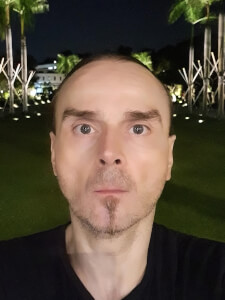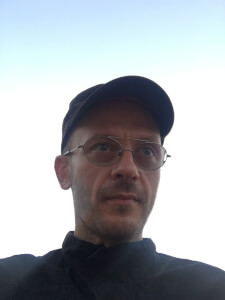In this paper we map and discuss the analogies, conceptual parallels and poetic affinities between generative art and bio art practices by comparing their interests in the design and development of (artificial) life, and the strategies they apply to communicate and engage the audience. We use the term bio art to encompass the artistic approaches to biological sciences and biotechnology, which aim to engage in ethical reasoning by directly working with living matter. Regarding generative art, in this study we focus on a subset of code-based practices in which the procedural rules have certain degree of creative autonomy in order to simulate and aestheticize natural phenomena.
With respect to the existing literature which primarily relates bio art and generative art within the historical context, we compare the exemplar projects in the two fields to establish their shared impetus for rendering distinctive visions of nature in order to identify, contemplate or provoke the dramatic changes in our era when living processes become increasingly computable, and living matter can be engineered into information-processing tools. The artists in both fields explore new ways of engineering, transcoding or mutating the physiological properties of living entities, with technophilic or technocritical overtones.
While generative artists tend to simplify, exaggerate or aestheticize their representations of life and nature, and bio artists stress the ethical aspects, they all integrate the computational and biological concepts to plot speculative blueprints and offer new ideas for redesigning nature and affecting evolution. They aim to produce fascinating artefacts relating to life and biological phenomena while formalizing the uncontrollability of the creative process and underlining the contextual nature of art.
Both fields appreciate the artworks—and life processes—as dynamic catalyzing events inspired by curiosity, susceptible to chance and open for change. This flexibility toward art and life is transgressive because it playfully utilizes the malleable meaning of the adjective ‘natural’, which conventionally reflects the interests of the parties using it. Essentially, everything that happens in the universe is natural, so enforcing the specific interests or ethical norms to nature is either a political bias or an anthropocentric fallacy.
The mutual features of their relation toward science and technology also expose bio art and generative art to criticism within a wider context of contemporary culture. The spectacular manifestations and the representational discourse of generative and bio art can—willingly or unwillingly—obscure the conceptual cogency, technical elegance, consequential power and aesthetic sophistication of work in the related fields of computer science, robotics, genetics and bioengineering. This may support the illusion that the arts can influence our world in the same way, to the same extent and with the same relevance as science and technology. By exploring and redefining the edge of critical self-consciousness towards their fields, generative and bio artists can competently define new emancipatory horizons to help us question our ethical standards, assess our social norms, tackle our ever-changing present and anticipate possible futures.
Back







